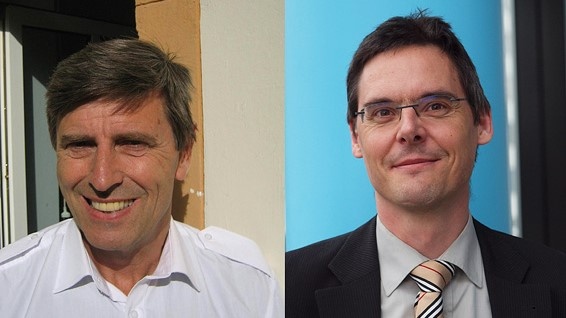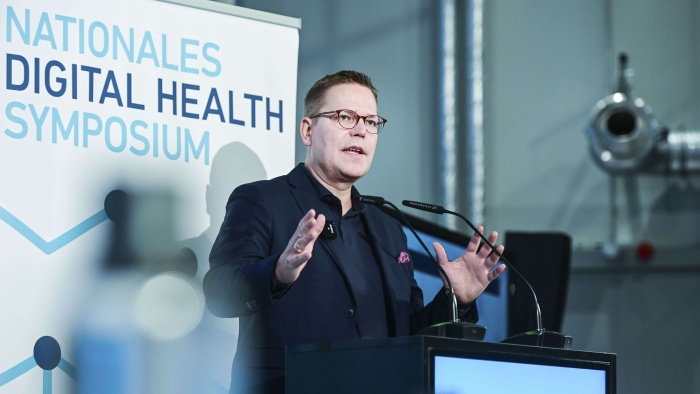"Standards going beyond the scope of clinical research"

Udo Siegmann, Daniel Rehn © TMF e.V.
"Over the last few years the CDISC horizon has spread considerably and now goes well beyond the scope of clinical research. As a cross-sector organization, TMF can assume a national mentor role in order to harmonize the processes of patient-oriented research in the field of public healthcare."
Daniel Rehn, PhD, is Program Manager Divisional Medical and Scientific Affairs at Roche Diagnostics and he was Chairman of the German CDISC User Group for two and a half years between 2007 and 2010. Udo Siegmann, Dipl. Math., MD, has conducted pharmaceutical registration studies in various managerial positions at PAREXEL throughout the world and is one of the founding fathers of the European CDISC group E3C.
How has CDISC changed over the years and how can TMF support the process of improving and facilitating clinical studies?
Siegmann: CDISC was established to develop practicable, internationally accepted standards for the acquisition, transfer, submission, and archiving of clinical data that could be implemented immediately. In the meantime the CDISC horizon has spread considerably. Together with other standardization organizations (SDOs) work is being conducted on the integration of healthcare research. In this area TMF can assume a national mentor role for Germany.
CDISC combines a whole family of data standards. The once declared goal of having just a single CDISC standard is a long way off. What strategies are being pursued and how do you regard future prospects?
Siegmann: On this issue I would like to explain that there were no comparable standards whatsoever in the "pre"-CDISC era. There were isolated solutions and national endeavors to develop data standards. In less than seven years CDISC has managed to make the SDTM module the official standard for the submission of clinical studies to the FDA (US Federal Drug Agency). With undiminished energy, work is being conducted on further modules (ODM, ADAM, LAB, etc.) in order to develop a unified standard for all the individual processes ranging from protocol development to agency registration.
Rehn: With the modules BRIDG and CDISC SHARE semantic interoperability between all the CDISC standards was systematically and successfully promoted over the last few years.
Use of the CDISC standard has not yet become the norm in the pharmaceutical industry. What are the major obstacles? How does academic research differ from industrial research in the use of CDISC?
Rehn: New standards always mean that one's own established standards have to be abandoned and work processes have to be adapted. A switch to the CDISC standards results in a series of changes and many companies are reluctant. By comparison, it is easier for academic research because it has had virtually no standards of its own to date. The CDISC standards are coming at exactly the right time.
One of the most recent activities of CDISC is the creation of local or regional user groups. How has the German user group developed and how important are the user groups within the CDISC community?
Rehn: The German-language CDISC user group has become well-established since it was founded in 2007. It now has approximately 140 members from the pharmaceutical industry, from contract research institutes and from academic research. We meet three times a year to exchange experiences and knowledge. In working groups we expand on individual CDISC standards and pass criticism or questions about functionality on to the CDISC teams direct. We publish our activities in the Internet portal of the German-language CDISC user group.


